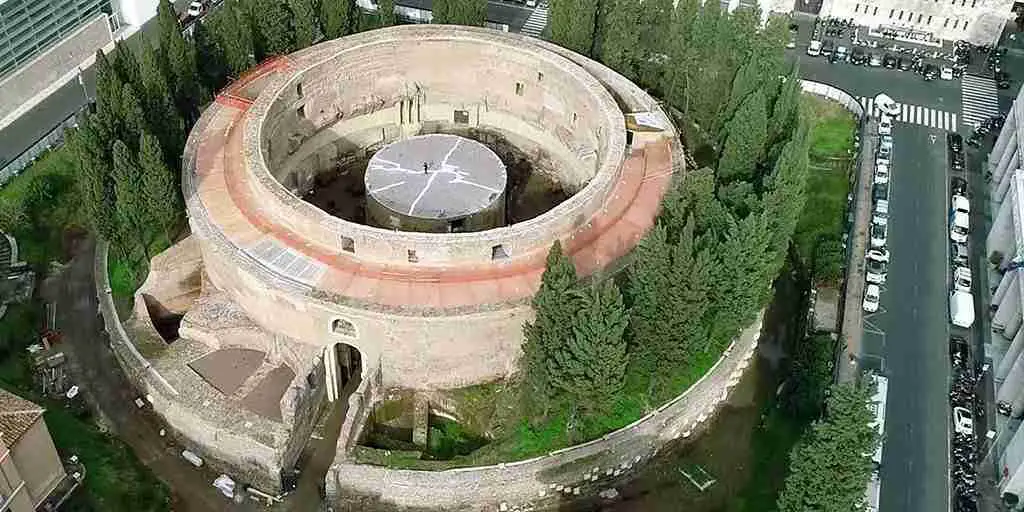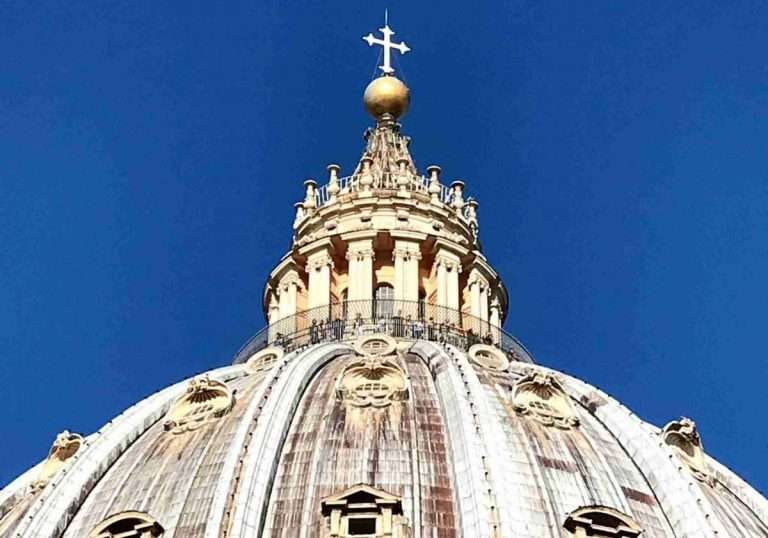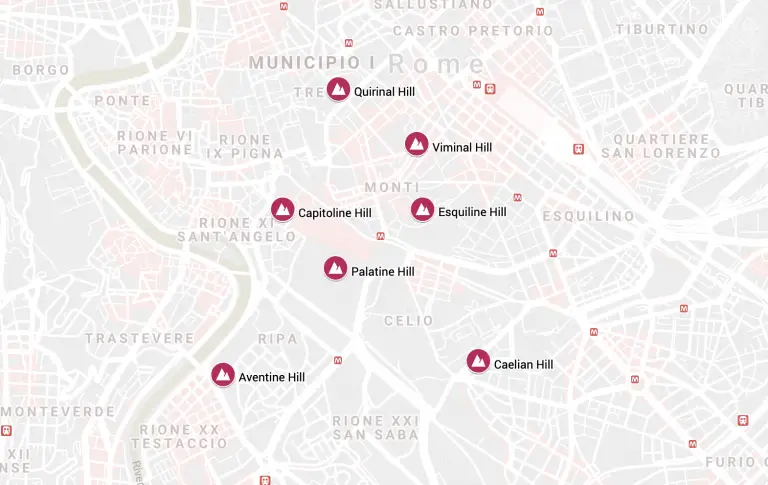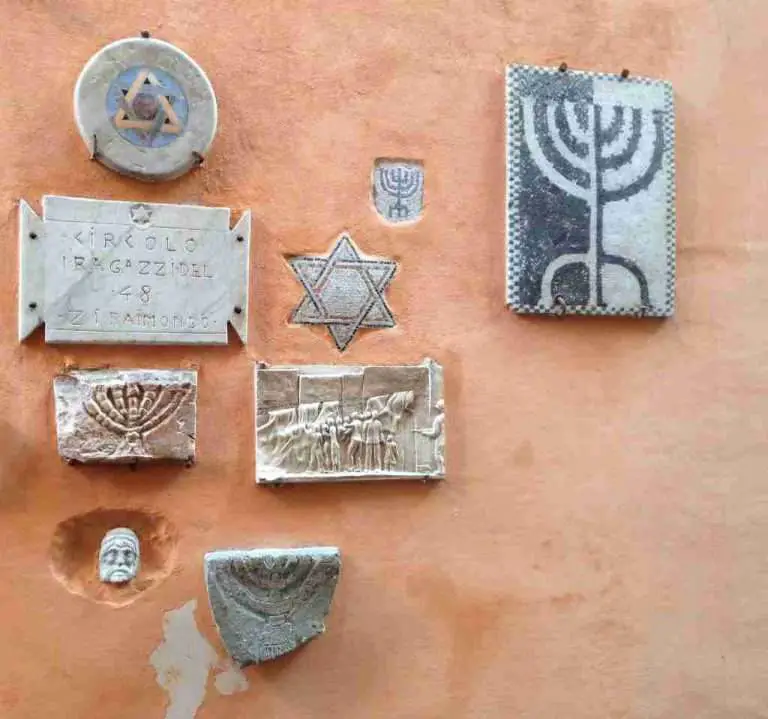
The Mausoleum of Augustus, the burial place of Rome’s first emperor, is set to reopen to the public in 2021 after years of restoration work on the neglected site.
“To reopen a monument like this is a signal of hope,” said Rome Mayor Virginia Raggi when she announced the news. “We need to work for the future and maintain our traditions.”
The Mausoleum of Augustus will open on March 1, 2021, with free admission (via timed tickets) for all visitors until April 21, Rome’s birthday. The site was originally set to reopen in spring 2020 but that was delayed by the coronavirus pandemic.
Construction on the Mausoleum of Augustus began in 28 B.C., one of the emperor’s first major building projects in the city. According to contemporary historian Strabo of Amasia, the mausoleum was “one of the most remarkable monuments in Rome.”
At 87 meters in diameter, the tomb is the largest of its kind in the world — even larger than Hadrian’s tomb which forms the foundation of the Castel Sant’Angelo on the other side of the Tiber River.
Originally clad in travertine marble, the Mausoleum of Augustus was planted with cypress trees along its top tier and capped with a bronze statue of Augustus. The tomb also featured two granite obelisks at its entrance which were long ago transferred to the Esquiline and Quirinal Hills to decorate their respective squares.

Caesar Augustus died on 19 August 14 A.D. But he was not the only one to have his ashes buried in the mausoleum. It also contains the “ashes of the emperors of the Julio-Claudia dynasty, with the exception of Nero, and their family members, with the exclusion of Julia, Augustus’ only natural daughter.”
The remains of five members of Augustus’ family, including his adopted grandsons, were buried in the tomb prior to the death of Augustus. After his death, the ashes of emperors Tiberius, Caligula, and Claudius, among others, were all interred in the tomb.
The official website of the Mausoleum of Augustus tracks the timeline of the mausoleum, from its time as an Ancient Roman burial ground to today.
In the years in between, the mausoleum served as a fortified castle (12th century) to a bullfighting amphitheater (18th century) to an auditorium known as the Augusteo in the early 20th century. Seeking to restore the mausoleum as an archeological site and claim the area for his own monumental tomb, Mussolini closed the Augusteo in 1936.
The Mausoleum of Augustus is located in Rome’s Campo Marzio (Campus Martius) neighborhood near the Ara Pacis Augustae, where you can read view the Res Gestae, the engraved autobiography of Augustus. Like the Ara Pacis, the mausoleum will offer visitors the opportunity to view the site using virtual reality headsets.
Last updated on May 8th, 2021Post first published on December 23, 2020






